Grow Dill Indoors? Absolutely! Imagine having fresh, fragrant dill readily available, even when the snow is falling outside. No more sad, wilted bunches from the grocery store – just vibrant, flavorful dill whenever you need it. For centuries, dill has been cherished not only for its culinary uses but also for its medicinal properties. Ancient Egyptians used it to soothe digestive issues, and Romans believed it brought good fortune.
But let’s be honest, sometimes life gets in the way of a thriving outdoor garden. That’s where the magic of indoor gardening comes in! I’m here to share some simple, effective DIY tricks and hacks that will empower you to grow dill indoors successfully, regardless of your experience level. Whether you’re a seasoned gardener or a complete beginner, these tips will help you create a flourishing indoor dill patch.
Think about it: fresh dill adds a burst of flavor to everything from creamy dips and tangy pickles to grilled fish and roasted vegetables. Having it at your fingertips is a game-changer! Plus, growing your own herbs is incredibly rewarding and a fantastic way to connect with nature, even within the confines of your home. So, let’s dive in and unlock the secrets to cultivating your own indoor dill haven!
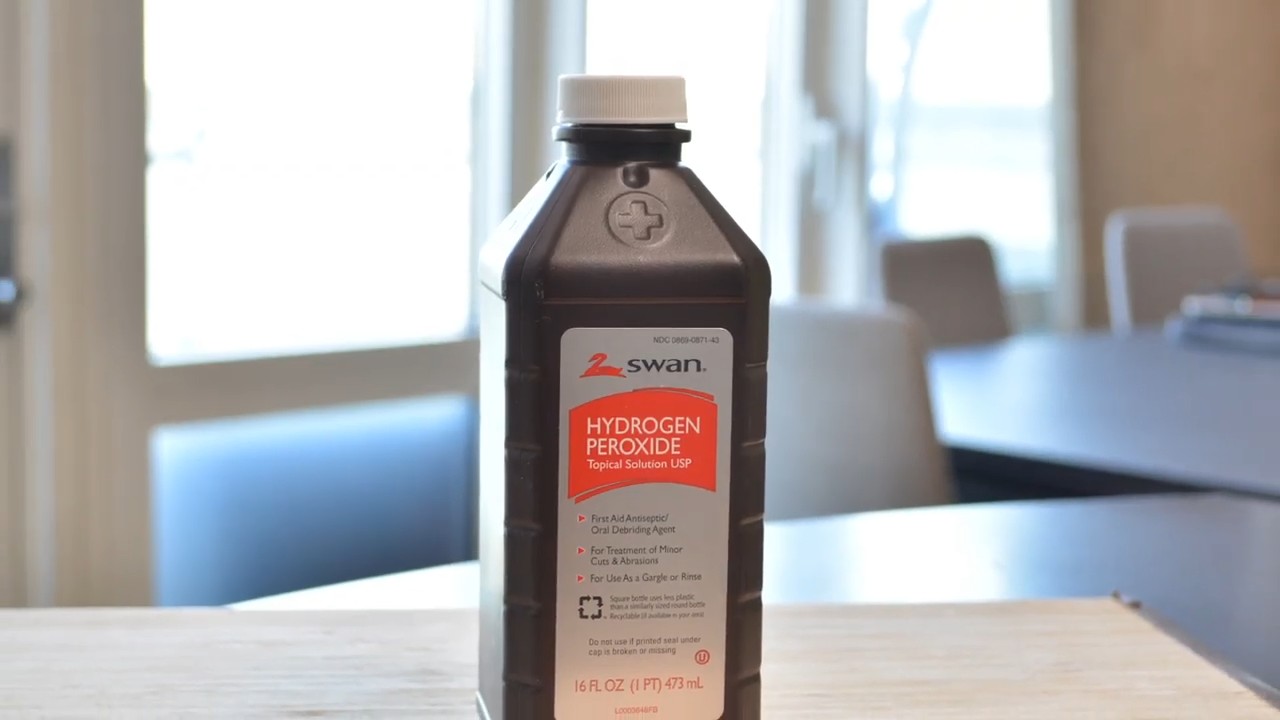
Growing Dill Indoors: A Beginner’s Guide to Fresh Herbs Year-Round
Hey there, fellow herb enthusiasts! Ever dreamt of having fresh, fragrant dill readily available, even when the snow’s piling up outside? Well, you’re in luck! Growing dill indoors is totally achievable, and I’m here to walk you through every step of the process. Get ready to enjoy that delicious dill flavor in your soups, salads, and dips all year long!
Choosing the Right Dill Variety
Not all dill varieties are created equal, especially when it comes to indoor growing. Some get incredibly tall and leggy, which isn’t ideal for a confined space. Here are a few of my favorite compact dill varieties that thrive indoors:
* Dwarf Fernleaf Dill: This is a classic choice for indoor growing. It stays relatively small and bushy, making it perfect for pots. Plus, it has a fantastic flavor!
* Bouquet Dill: As the name suggests, this variety produces a beautiful, bushy plant. It’s known for its abundant foliage and strong aroma.
* Teddy Dill: Another compact option, Teddy Dill is slow to bolt (go to seed), which means you’ll have a longer harvest period.
Gathering Your Supplies
Before we dive into the planting process, let’s make sure you have everything you need. Here’s a checklist of essential supplies:
* Dill Seeds: Choose a variety that’s well-suited for indoor growing, as mentioned above.
* Potting Mix: Use a high-quality, well-draining potting mix. Avoid using garden soil, as it can compact and hinder drainage. I personally love using a mix specifically formulated for herbs.
* Pot: Select a pot that’s at least 6 inches in diameter and has drainage holes. Dill needs room for its roots to grow.
* Grow Lights (Optional but Recommended): While dill can grow near a sunny window, grow lights will provide consistent and adequate light, especially during the darker months.
* Watering Can or Spray Bottle: For gentle watering.
* Seed Starting Tray (Optional): If you prefer to start your seeds indoors before transplanting.
* Plant Labels: To keep track of what you’ve planted.
Planting Your Dill Seeds
Now for the fun part! Let’s get those dill seeds in the soil.
1. Prepare Your Pot: Fill your pot with potting mix, leaving about an inch of space at the top. Gently tap the pot to settle the soil.
2. Sow the Seeds: Sprinkle the dill seeds evenly over the surface of the soil. You can sow them quite densely, as you can always thin them out later.
3. Cover the Seeds: Lightly cover the seeds with a thin layer of potting mix (about ¼ inch).
4. Water Gently: Use a watering can or spray bottle to gently moisten the soil. Be careful not to overwater, as this can cause the seeds to rot.
5. Provide Light and Warmth: Place the pot in a warm, sunny location or under grow lights. Dill seeds germinate best at temperatures between 70-75°F (21-24°C).
6. Maintain Moisture: Keep the soil consistently moist but not soggy. Check the soil moisture daily and water as needed.
Germination and Seedling Care
Patience is key! Dill seeds typically germinate within 7-14 days. Once your seedlings emerge, it’s time to provide them with the care they need to thrive.
1. Thinning (If Necessary): If your seedlings are growing too close together, thin them out by snipping off the weaker ones at the soil line. This will give the remaining seedlings more room to grow. Aim for about 2-3 inches between plants.
2. Light: Ensure your seedlings receive at least 6 hours of direct sunlight per day, or 12-14 hours of light from grow lights. Insufficient light can lead to leggy growth.
3. Watering: Water your seedlings regularly, allowing the top inch of soil to dry out between waterings. Avoid overwatering, as this can lead to root rot.
4. Fertilizing: Once your seedlings have developed a few sets of true leaves, you can start fertilizing them with a diluted liquid fertilizer. I recommend using a fertilizer specifically formulated for herbs. Follow the instructions on the fertilizer label.
5. Air Circulation: Good air circulation is essential for preventing fungal diseases. Make sure your dill plants have plenty of space around them and avoid overcrowding. You can also use a small fan to improve air circulation.
Caring for Your Mature Dill Plants
As your dill plants grow, they’ll require ongoing care to ensure they stay healthy and productive.
1. Watering: Continue to water your dill plants regularly, allowing the top inch of soil to dry out between waterings. Adjust your watering schedule based on the weather and the humidity levels in your home.
2. Fertilizing: Fertilize your dill plants every 2-3 weeks with a diluted liquid fertilizer.
3. Pruning: Pruning is essential for encouraging bushy growth and preventing your dill plants from becoming leggy. Regularly pinch off the top growth to encourage side branching.
4. Pest Control: Keep an eye out for common pests such as aphids and spider mites. If you notice any pests, you can try spraying your plants with insecticidal soap or neem oil.
5. Support (If Necessary): Some dill varieties can get quite tall and may require support. You can use stakes or a small trellis to support your plants.
Harvesting Your Dill
The best part! You can start harvesting dill leaves as soon as the plants are about 6-8 inches tall.
1. Harvesting Leaves: Use scissors or pruning shears to snip off the leaves you need. Avoid removing more than one-third of the plant at a time, as this can stress the plant.
2. Harvesting Seeds: If you want to harvest dill seeds, allow some of the flower heads to mature and dry on the plant. Once the seeds are brown and dry, you can harvest them and store them in an airtight container.
3. Extending the Harvest: To extend the harvest period, regularly pinch off the flower buds. This will prevent the plant from going to seed and encourage it to produce more leaves.
Troubleshooting Common Problems
Even with the best care, you may encounter some problems when growing dill indoors. Here are a few common issues and how to address them:
* Leggy Growth: This is usually caused by insufficient light. Move your plants to a sunnier location or provide them with grow lights.
* Yellowing Leaves: This can be caused by overwatering, underwatering, or nutrient deficiencies. Adjust your watering schedule and fertilize your plants regularly.
* Pests: Inspect your plants regularly for pests and treat them promptly with insecticidal soap or neem oil.
* Powdery Mildew: This fungal disease can be caused by poor air circulation and high humidity. Improve air circulation and avoid overhead watering.
Enjoying Your Homegrown Dill
Now that you’ve successfully grown dill indoors, it’s time to enjoy the fruits (or rather, leaves) of your labor! Here are a few ideas for using your fresh dill:
* Add it to soups and stews.
* Use it to flavor salads and dressings.
* Make a delicious dill dip.
* Sprinkle it on roasted vegetables.
* Use it to season fish and poultry.
* Make dill pickles!
Growing dill indoors is a rewarding experience that allows you to enjoy fresh herbs year-round. With a little bit of care and attention, you can have a thriving dill plant that provides you with a constant supply of flavorful leaves. Happy growing!
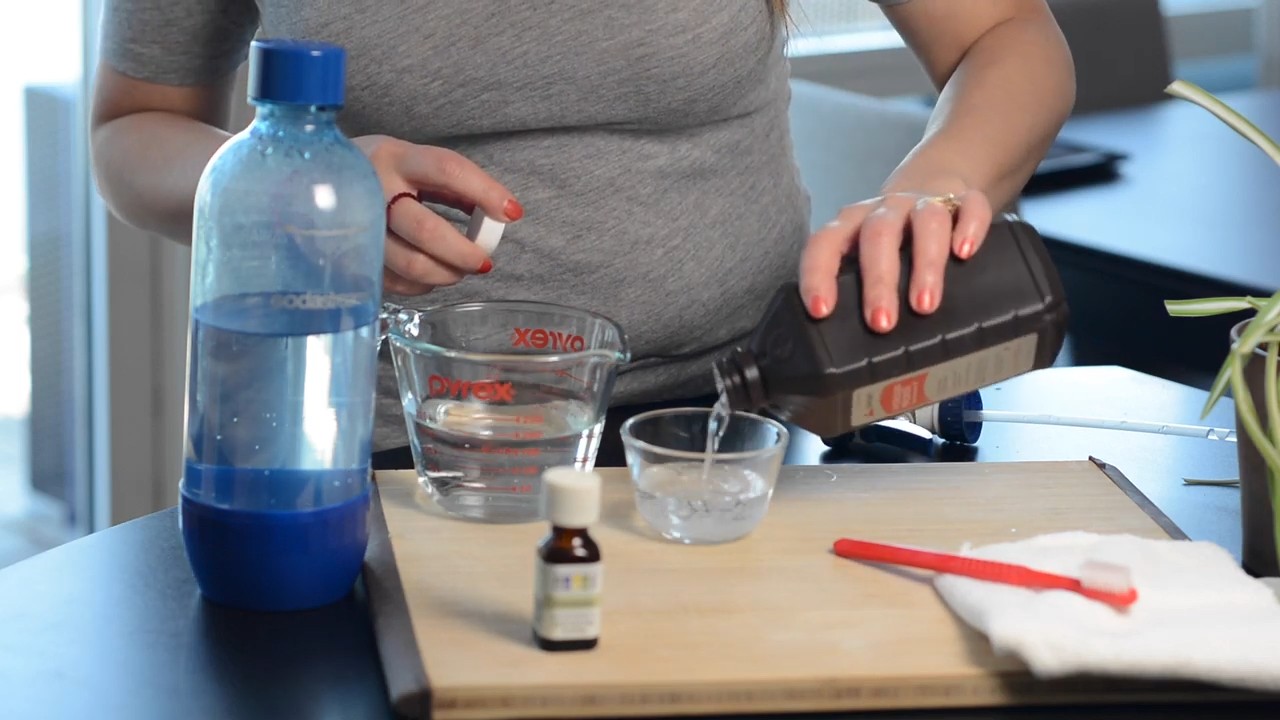
Conclusion
So, there you have it! Growing dill indoors is not only achievable, but it’s also a rewarding experience that brings the fresh, vibrant taste of summer right into your kitchen, regardless of the season. Forget those sad, wilted bunches of dill from the grocery store; imagine snipping fresh, fragrant sprigs whenever you need them, adding a burst of flavor to your salads, soups, dips, and seafood dishes.
This DIY approach to growing dill offers a multitude of benefits. You’re in complete control of the growing environment, ensuring your dill is free from harmful pesticides and herbicides. Plus, it’s incredibly cost-effective in the long run. Think about it: one packet of dill seeds can yield a continuous supply of fresh herbs for months, even years, compared to constantly buying expensive, pre-packaged dill.
But the real magic lies in the flavor. Homegrown dill, nurtured with your own care and attention, boasts a more intense and nuanced flavor profile than anything you can find in a store. It’s a difference you can truly taste, elevating your culinary creations to a whole new level.
Don’t be afraid to experiment with different varieties of dill. ‘Bouquet’ dill is a popular choice for its high yield and aromatic leaves, while ‘Fernleaf’ dill is known for its compact size, making it ideal for smaller indoor spaces. You can also try growing dill alongside other herbs like parsley, chives, and mint to create a miniature indoor herb garden. Consider using different types of containers too! Terracotta pots offer excellent drainage, while self-watering planters can simplify the watering process.
And if you’re feeling adventurous, why not try saving the seeds from your homegrown dill to plant next season? It’s a fantastic way to become even more self-sufficient and connect with the natural cycle of growth. You can also use the fresh dill flowers in salads or as a garnish for a unique and flavorful touch.
Growing dill indoors is a must-try for any home cook or gardening enthusiast. It’s a simple, satisfying, and delicious way to bring the taste of summer indoors, all year round.
We wholeheartedly encourage you to give this DIY trick a try. It’s easier than you might think, and the rewards are well worth the effort. Once you’ve experienced the joy of harvesting your own fresh dill, you’ll never want to go back to store-bought again.
So, grab your seeds, pots, and potting mix, and get ready to embark on your indoor dill-growing adventure! And most importantly, don’t forget to share your experiences with us! We’d love to hear about your successes, challenges, and any creative variations you come up with. Share your photos and stories in the comments below – let’s build a community of indoor dill growers! Let us know what you think about this method of growing dill indoors.
Frequently Asked Questions (FAQ)
What is the best time of year to start growing dill indoors?
The beauty of growing dill indoors is that you’re not limited by the seasons! You can start your dill seeds at any time of year, as long as you provide the necessary light and temperature conditions. However, starting in early spring or late winter can give your dill a head start and allow you to enjoy fresh harvests throughout the year. Remember, dill is an annual, so you’ll need to replant seeds periodically to maintain a continuous supply.
How much sunlight does indoor dill need?
Dill thrives in bright, sunny conditions. Ideally, your indoor dill plants should receive at least 6-8 hours of direct sunlight per day. If you don’t have a south-facing window that provides sufficient sunlight, you can supplement with a grow light. Position the grow light a few inches above the plants and keep it on for 12-14 hours per day. This will ensure your dill receives the energy it needs to grow strong and healthy.
What type of soil is best for growing dill indoors?
Dill prefers well-draining soil that is rich in organic matter. A good potting mix specifically formulated for herbs is an excellent choice. You can also create your own potting mix by combining equal parts of potting soil, perlite, and compost. Perlite helps improve drainage, while compost provides essential nutrients. Avoid using garden soil, as it can be too heavy and may contain pests or diseases.
How often should I water my indoor dill plants?
Water your dill plants regularly, but avoid overwatering. The soil should be consistently moist, but not soggy. Allow the top inch of soil to dry out slightly between waterings. Overwatering can lead to root rot, which can be fatal to your dill plants. Check the soil moisture regularly by sticking your finger into the soil. If it feels dry, it’s time to water.
How do I harvest dill from my indoor plants?
You can start harvesting dill leaves once the plants are about 6-8 inches tall. Simply snip off the leaves with scissors or your fingers. Avoid removing more than one-third of the plant at a time, as this can stunt its growth. For the best flavor, harvest dill in the morning, after the dew has dried. You can also harvest the dill flowers, which have a slightly stronger flavor than the leaves.
Can I grow dill from cuttings?
While it’s possible to propagate dill from cuttings, it’s not the most reliable method. Dill is best grown from seeds. However, if you want to try propagating from cuttings, take a 4-6 inch cutting from a healthy dill plant. Remove the lower leaves and place the cutting in a glass of water. Change the water every few days. Once roots have developed, transplant the cutting into a pot filled with potting mix.
What are some common problems when growing dill indoors?
Some common problems when growing dill indoors include aphids, spider mites, and powdery mildew. Aphids and spider mites are small pests that can suck the sap from dill leaves, causing them to yellow and wilt. Powdery mildew is a fungal disease that appears as a white, powdery coating on the leaves. To prevent these problems, keep your dill plants well-ventilated and avoid overwatering. If you notice any pests or diseases, treat them promptly with an appropriate insecticide or fungicide.
How do I encourage my dill to produce more leaves?
To encourage your dill to produce more leaves, pinch off the flower buds as soon as they appear. This will prevent the plant from putting its energy into producing seeds and instead encourage it to focus on leaf growth. You can also fertilize your dill plants regularly with a balanced liquid fertilizer. Follow the instructions on the fertilizer label.
Can I dry my homegrown dill?
Yes, you can easily dry your homegrown dill for later use. To dry dill, simply hang the stems upside down in a cool, dry, and well-ventilated place. You can also dry dill in a dehydrator or oven. Once the dill is completely dry, crumble the leaves and store them in an airtight container. Dried dill will retain its flavor for several months.
Is growing dill indoors worth it?
Absolutely! Growing dill indoors is a rewarding and cost-effective way to enjoy fresh, flavorful dill year-round. It’s also a great way to add a touch of greenery to your home and connect with nature. With a little care and attention, you can easily grow your own supply of fresh dill and elevate your culinary creations to a whole new level.

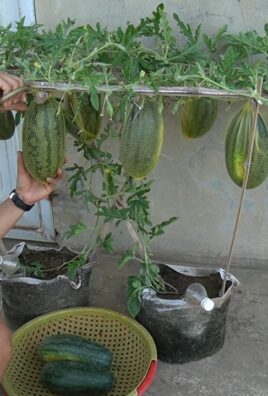
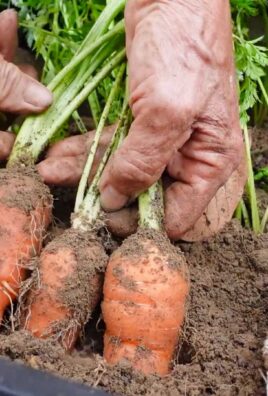
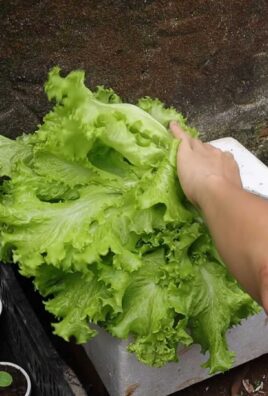
Leave a Comment